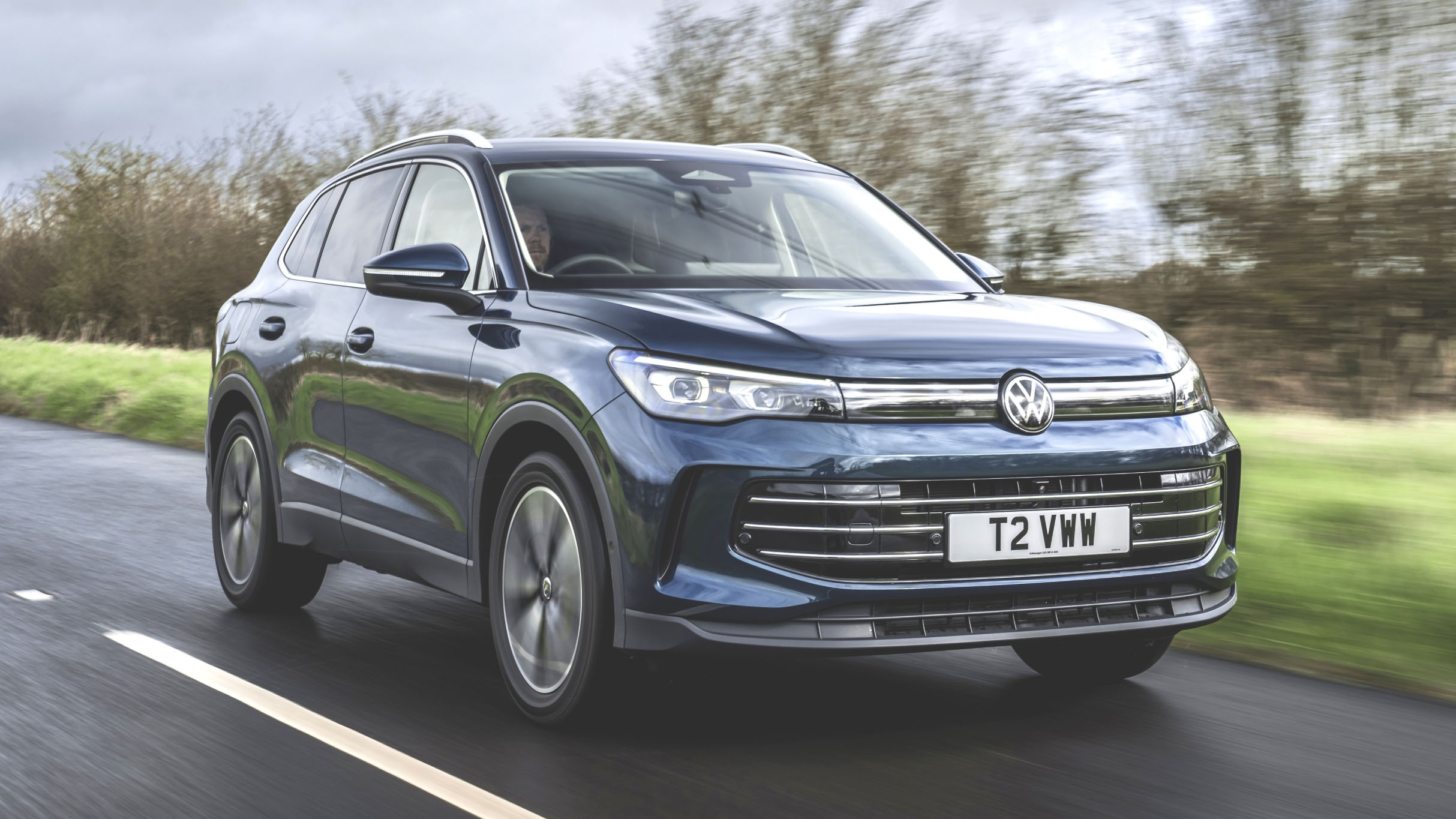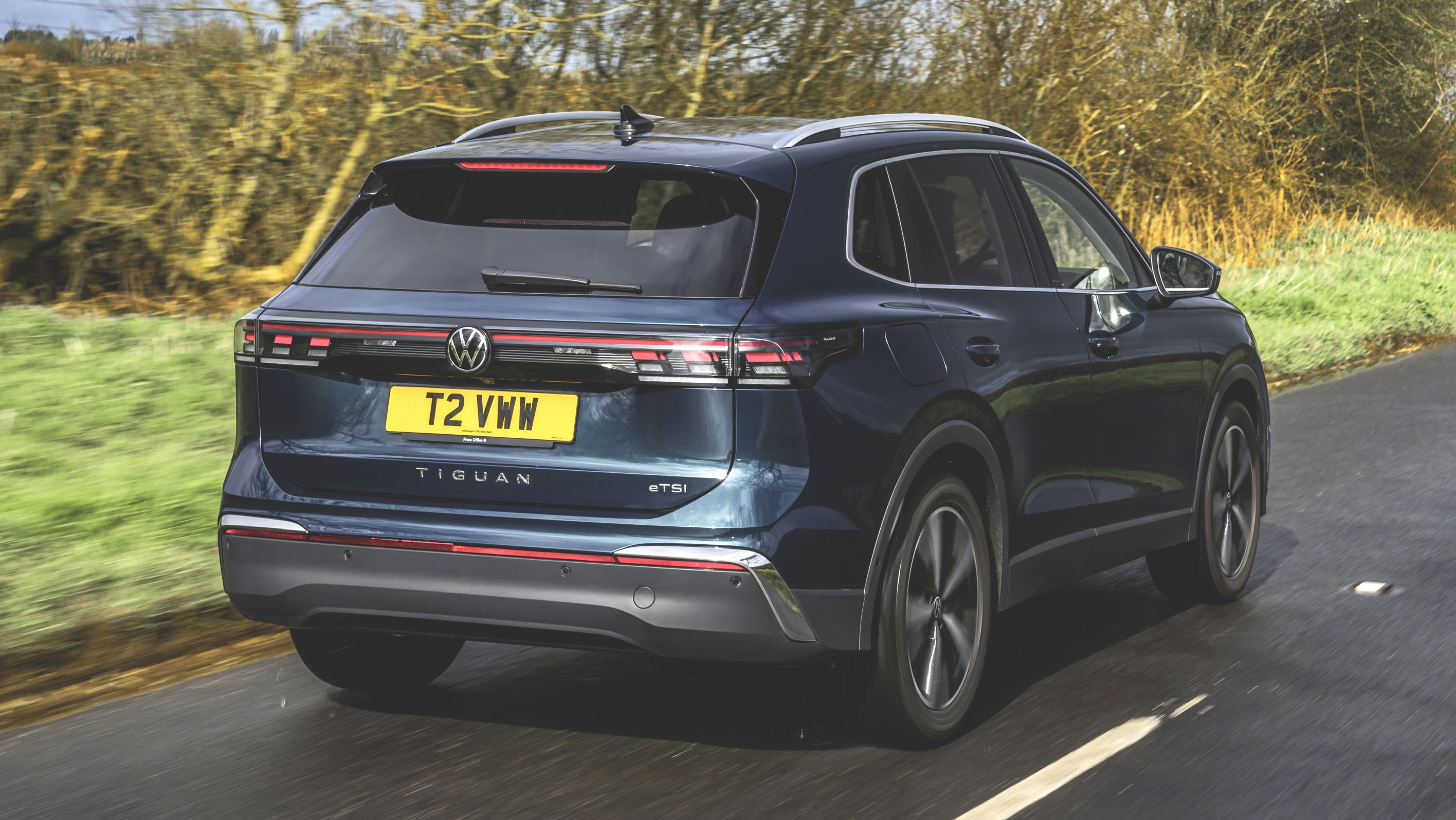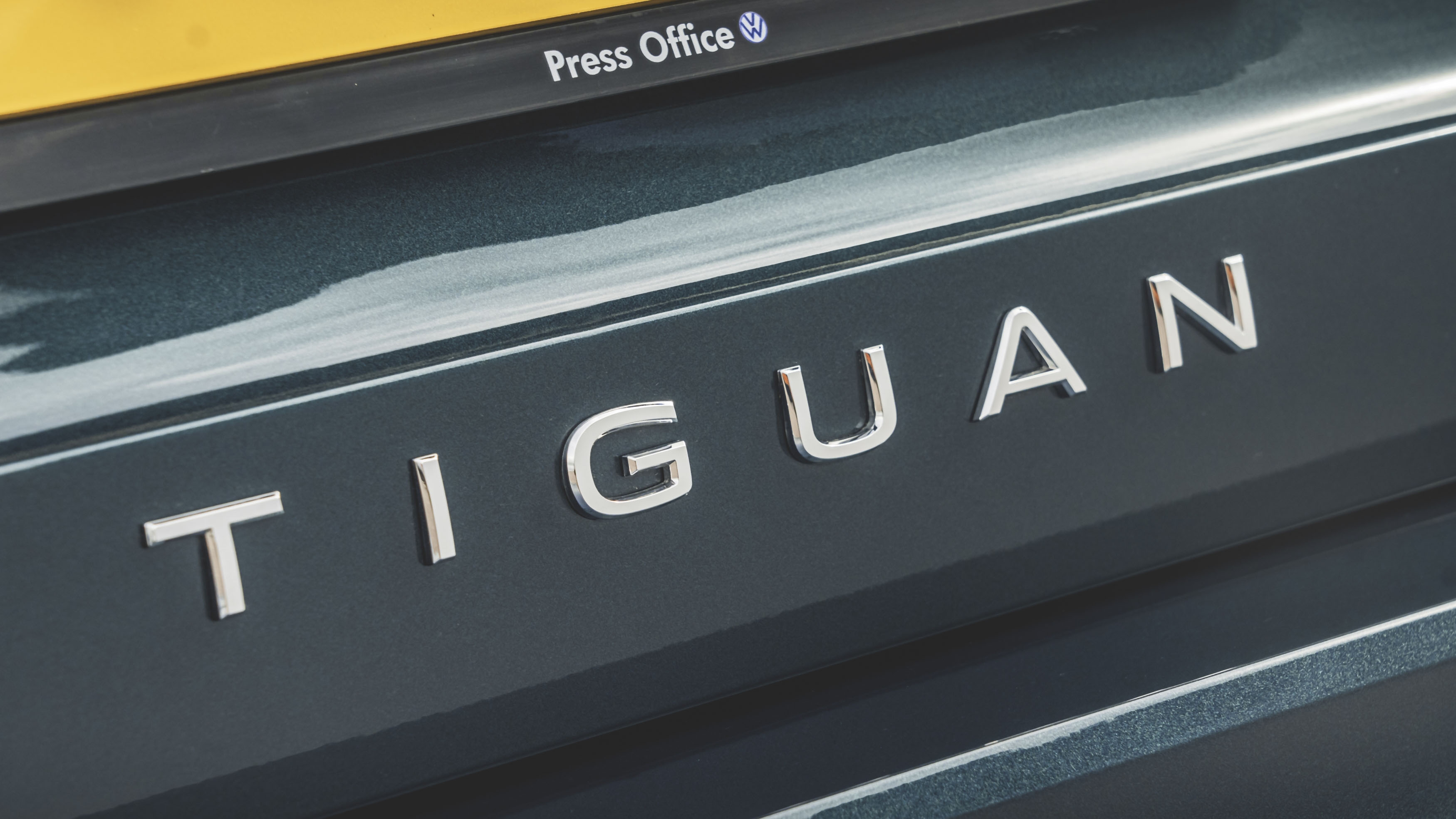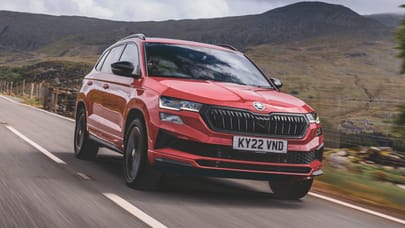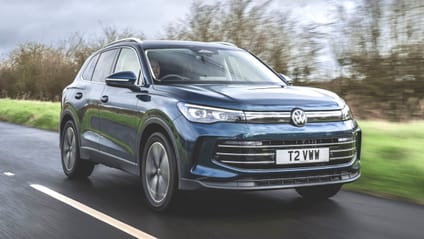
Good stuff
Handles well for its class, wide engine choice, entirely inoffensive
Bad stuff
Looks less chiselled now, ride ought to be comfier, pricey options
Overview
What is it?
Volkswagen’s most popular model. The Tiguan now outsells the Golf, and over seven million of them have shifted globally since 2007 across its first two generations. Spoiler alert: Tiguan MkIII revolutionises the model without rocking the boat.
Because you could fairly accuse VW of rocking the boat a bit too much of late. Its underwhelming ID launch models and a series of mind-boggling ergonomic faux pas have left it trailing rivals in the steadfastly sensible areas the brand usually nails.
This third gen Tiguan arrived back in late 2023 alongside an all-new (ninth generation!) Passat atop a new platform, dubbed MQB Evo, aiming to blend everything we’ve always known and respected VW for with a host of new tech.
I’m assuming there’s battery power?
Of course, though pure electric options are still reserved for ID-badged VWs. At least for now. The range kicks off with a pair of mild hybrid petrols – a 1.5-litre TSI in two different tunes (128 and 148bhp) with a little motorised assistance to smooth out stop/start driving and cut the engine during deceleration – and a pair of plug-in hybrids, which mate the 1.5 unit to an electric motor for 201 and 268bhp outputs and up to 62 miles of fully electric range if you’ve fully topped up their 19.7kWh battery.
It’s an evolution of the old Tiguan eHybrid but with twice the zero emission range and therefore enough power to cover 99 per cent of passenger car journeys, according to Volkswagen’s research. We’re more impressed by the combined petrol and electric range of over 550 miles.
Those are small engines for a chunky SUV, no?
They’re all turbocharged and latched up to DSG twin-clutch automatic transmissions, so you should still get the appropriate ‘big car’ experience, but any lingering concerns you harbour are dealt with by a trio of 2.0-litre engines.
There are two petrols, boasting 201 or 261bhp and both equipped with 4Motion all-wheel drive – the only AWD options on the UK price list – for a headline 2,300kg towing capacity.
Or there’s a 148bhp 2.0-litre TDI diesel if you fancy a throwback. It’s a thoroughly modern diesel, of course, and will typically be exempt from ULEZ charges and the like, but it might take a bit of gumption to proclaim you’ve proudly bought a new diesel VW in polite company. Still, the company expects a decent portion of British buyers to keep the faith.
Have they sorted out the interior?
To some extent, yes. You still don’t get a row of traditional climate control dials, despite the heavily related new Skoda Kodiaq boasting them, but the temperature sliders in front of the vast new infotainment touchscreen are at least backlit.
The cabin has been tidied up in the style of an EV, with the Tiguan’s auto-only status seeing the gear selector move up to the right-hand steering column stalk, sending the windscreen wiper controls to the left with the indicators a la Mercedes-Benz.
The newly free centre console boasts abundant smartphone storage and wireless charging options and a fresh rotary controller that acts as both volume knob and drive mode dial thanks to its diddly display screen. It’s very similar to the ‘Smart Dials’ you find in some Skodas, and works just as well here, presenting a pleasant and intuitive design flourish inside an otherwise minimalist interior.
Extracting any level of thrills from such a simple addition gives some clue as to how prosaic the rest of this car is. Still, its (more slippery) new styling package offers a lower drag coefficient than a Ferrari Enzo. Ostensibly to improve comfort and refinement rather than rival hypercar acceleration times, but it’s a piece of trivia worth clinging onto if – like us – you’re not totally sold on the looks. The outgoing MkII Tiguan was a smartly chiselled thing, and some of the blunter detailing here might need a little more familiarity to win us over.
How much will it cost me?
Well, you can click through to the Buying section of this review for the full story, but prices in the UK start at £35,105 for the entry-level trim, which rather confusingly is just called 'Tiguan'. Then you’ve five more trims to get your head around, peaking at the Black Edition models which start at £46,605.
If you’re not left completely bewildered after all that, there’s also a million and one rivals to consider. OK we're exaggerating, but you’re not short of options: think the Skoda Karoq (for the cost conscious), Peugeot 3008 (style conscious), Nissan Qashqai (British-built conscious), Ford Kuga (best all round conscious) and BMW X1 (premium badge conscious) to name but a few.
Our choice from the range

What's the verdict?
It’s been a curious few years at Volkswagen, but the Tiguan aims to pick up where the company left off. It does a decent job of it, too. Ergonomic woes inside aren’t totally dismissed but this car operates neatly enough and incorporates electrification and a touch of AI user interaction without rocking the boat.
That’s the theme of the whole car, really; PHEVs may dominate sales, but regular petrol and diesel engines still sit on the options list. The styling appears designed to blend in among wackier rivals. This is a mid-size SUV that aims to stay steadfastly sensible while all around it try to win your attention with obtuse design. And aside from its tough ride, there’s not a huge amount to truly criticise.
The Rivals
Trending this week
- Car Review
BMW iX3




